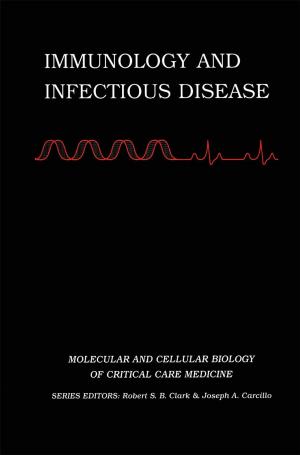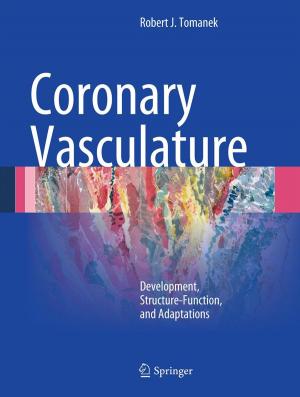Coronary Stenosis Morphology: Analysis and Implication
Nonfiction, Health & Well Being, Medical, Specialties, Internal Medicine, Cardiology| Author: | ISBN: | 9781461562870 | |
| Publisher: | Springer US | Publication: | December 6, 2012 |
| Imprint: | Springer | Language: | English |
| Author: | |
| ISBN: | 9781461562870 |
| Publisher: | Springer US |
| Publication: | December 6, 2012 |
| Imprint: | Springer |
| Language: | English |
In this book, the importance and value of accurately assessing coronary stenosis morphology is reviewed, including recent thoughts regarding the pathogenetic mechanisms ascribed to angiographically assessed morphology, several new and potentially more accurate means of determining plaque composition and its relationship to stenosis morphology, and the latest hypotheses regarding interventional device selection.
Each chapter has been written by acknowledged experts in the area, who have contributed significantly to that body of knowledge and are considered opinion leaders nationally and internationally. Each chapter contains the basic `how-to' of that technique, the manner in which it is best utilized or considered, and the limitations that must be taken into account in its application. In some chapters, the authors address guidelines regarding image acquisition and analysis to minimize the variations resulting from the potential error sources.
It is hoped that this work will lead to technological developments, improved performance, and more rational clinical utilization.
In this book, the importance and value of accurately assessing coronary stenosis morphology is reviewed, including recent thoughts regarding the pathogenetic mechanisms ascribed to angiographically assessed morphology, several new and potentially more accurate means of determining plaque composition and its relationship to stenosis morphology, and the latest hypotheses regarding interventional device selection.
Each chapter has been written by acknowledged experts in the area, who have contributed significantly to that body of knowledge and are considered opinion leaders nationally and internationally. Each chapter contains the basic `how-to' of that technique, the manner in which it is best utilized or considered, and the limitations that must be taken into account in its application. In some chapters, the authors address guidelines regarding image acquisition and analysis to minimize the variations resulting from the potential error sources.
It is hoped that this work will lead to technological developments, improved performance, and more rational clinical utilization.















